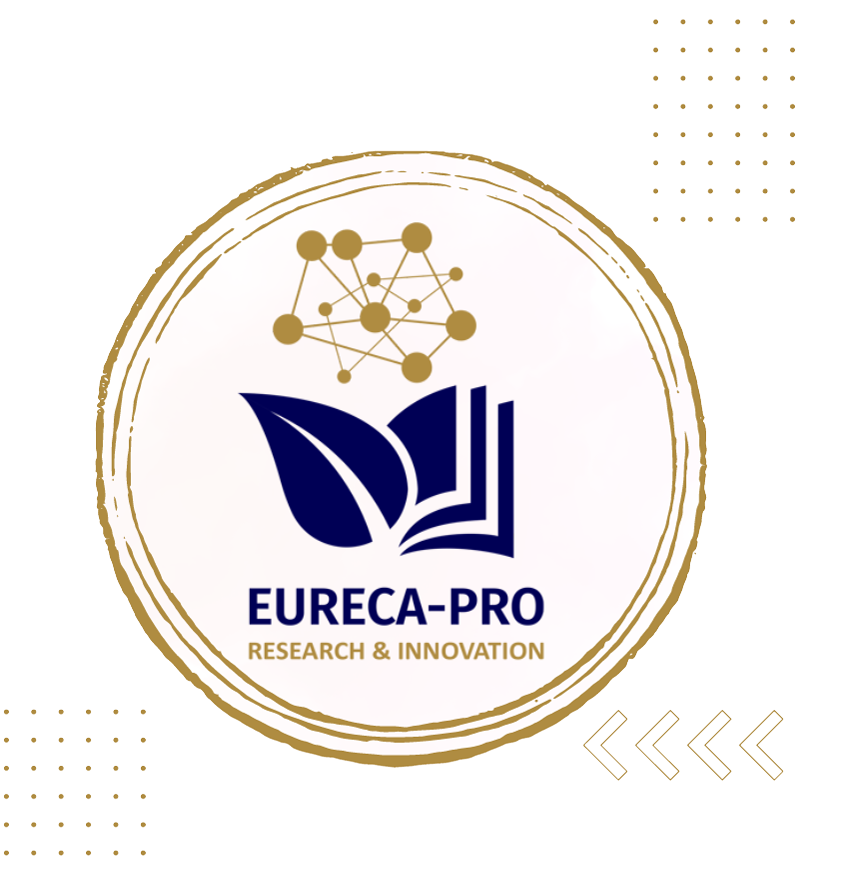Current innovation structures and policies report and best practices example report
Action 3: New Shared Potential
Deliverable 8.1 |WORK PACKAGE 8: Joint Innovation Structure Utilization Strategy
Technical University of Crete
Type: Summary
Contact:
Professor Michail Zervakis, WP8 Leader, Rector, Email: mzervakis@tuc.gr
Virginia Alizioti, M. Sc., Project Management, Email: valizioti@tuc.gr
D 8.1 – “Current innovation structures and policies report and best practices example report” includes two parts: Current innovation structures and policies and best practice examples. Both parts are based on data provided by all partners and on the related research conducted by TUC’s team.
Current innovation structures and policies
Innovation: Products and Projects
The Quintuple Helix Innovation Model readiness level
In the scope of examining the innovation landscape in the alliance universities framework and respective region, we disseminated a questionnaire on presence of the five (5) parameters of the Quintuple Helix Innovation Model: academia, civil society, government, industry and natural environment. The conclusions that were drawn are based on the institution estimation/perception/understanding and, thus, they may reflect the mentality, disposition and potential for action.
Best Practice Examples
Data were collected within the RE-EURECA-PRO university alliance, as well as outside the consortium to showcase key elements that can be adopted in the future vision of RE-EURECA-PRO for a common Technology Transfer Office – TTO. This part begins with the description of two currently available cross institutional TTO within Europe and continues with three examples that go beyond the principal character of a typical TTO model.
Overall, the D8.1 deliverable/report is a comprehensive base of quantitative data and qualitative content to be used for the selection of pilot actions (MS15), and the realistic proposal for a “joint innovation utilization strategy ”, with a very good degree of feasibility (WP8’s ultimate deliverable).



